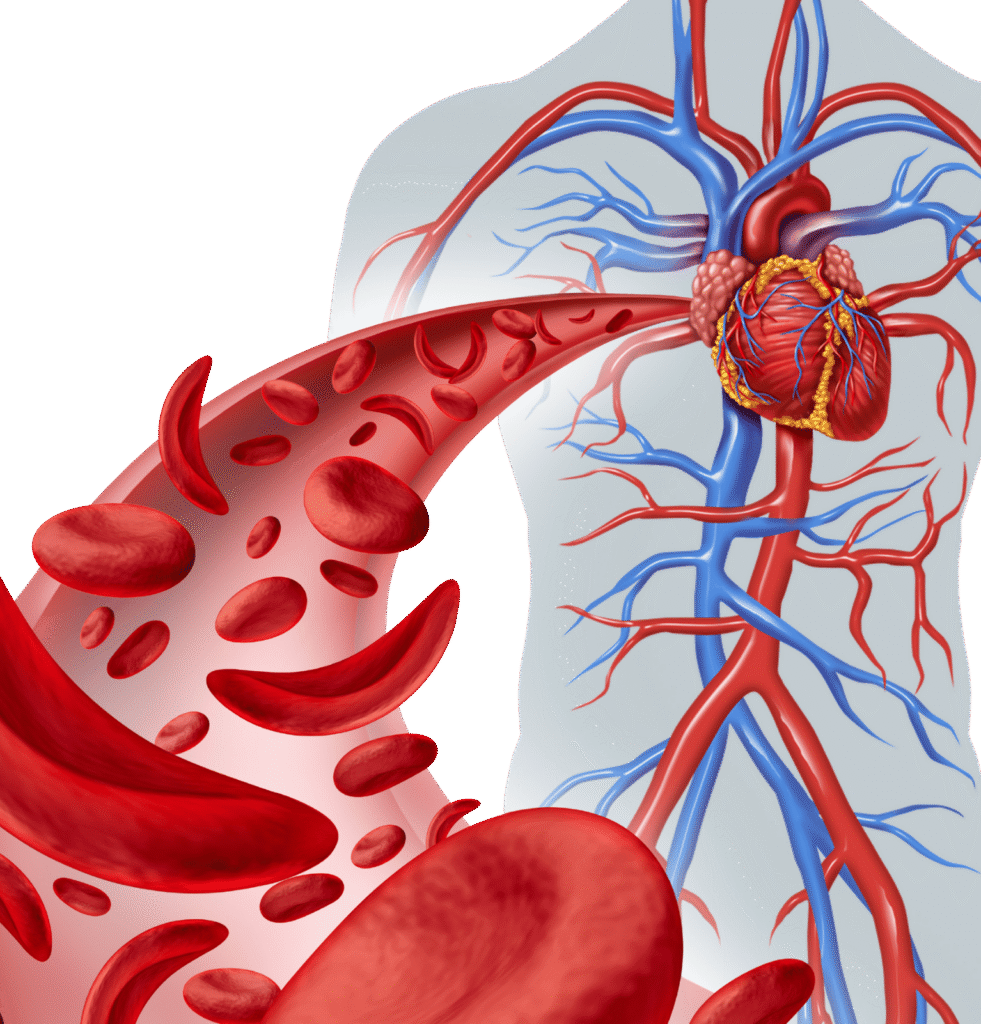Inherited Disease Diagnosis
"Inherited Disease Diagnosis" refers to the process of identifying and confirming a disease or condition that is caused, at least in part, by genetic factors passed down from parents to their offspring. These diseases result from abnormalities in an individual's DNA, which can range from single gene mutations to chromosomal rearrangements.
Key Concepts in Inherited Diseases
The diagnosis often involves a combination of clinical assessment, family history analysis, and specialized genetic testing.
Genes
Units of heredity made of DNA, located on chromosomes, that carry instructions for building and operating the body.
Mutations
Changes in the DNA sequence of a gene. These can be small (e.g., single base pair changes) or large (e.g., deletions, insertions).
Chromosomes
Structures within cells that contain a person's genes. Humans typically have 46 chromosomes (23 pairs).
Genotype
An individual's specific genetic makeup.

Inheritance Patterns
How genetic conditions are passed down through families (e.g., autosomal dominant, autosomal recessive, X-linked, mitochondrial).
Phenotype
The observable characteristics of an individual, resulting from the interaction of their genotype and the environment.
Why is Inherited Disease Diagnosis Important?
The observable characteristics of an individual, resulting from the interaction of their genotype and the environment.
Why is Inherited Disease Diagnosis Important?
- Definitive Diagnosis: Provides a clear explanation for a patient’s symptoms, ending a “diagnostic odyssey.”
- Prognosis and Management: Informs about the likely course of the disease and guides specific medical management strategies, including targeted therapies where available.
- Genetic Counseling: Allows for accurate risk assessment for other family members, including future children.
- Reproductive Options: Enables informed decisions about family planning (e.g., prenatal diagnosis, preimplantation genetic diagnosis).
- Preventive Measures: For some conditions, early diagnosis allows for interventions to prevent or mitigate symptoms.
- Research and Drug Development: Contributes to understanding disease mechanisms and developing new treatments.
Key Methods in Inherited Disease Diagnosis:
- Clinical Assessment:
- Detailed Medical History: Comprehensive review of symptoms, their onset, progression, and any previous diagnoses.
- Physical Examination: Looking for specific physical features or abnormalities associated with genetic syndromes.
- Developmental Assessment: For pediatric patients, evaluating developmental milestones.
- Family History (Pedigree Analysis):
- Purpose: To identify patterns of inheritance and determine if other family members are affected or carriers.
- Method: Constructing a family tree (pedigree) spanning at least three generations.
Laboratory Genetic Testing
- Cytogenetic Analysis (Chromosome Analysis):
- Purpose: To detect large-scale chromosomal abnormalities (e.g., extra or missing chromosomes, large deletions/duplications, translocations).
- Methods:
- Karyotyping: Visualizing and arranging chromosomes under a microscope.
- FISH (Fluorescence In Situ Hybridization): Uses fluorescent probes to detect specific chromosomal regions or gene deletions/duplications that are too small for standard karyotyping.
- Chromosomal Microarray Analysis (CMA): A higher-resolution technique that can detect very small gains or losses of chromosomal material (microdeletions/microduplications) across the entire genome.
- Examples: Down Syndrome (Trisomy 21), Turner Syndrome (Monosomy X), DiGeorge Syndrome (22q11.2 deletion).
- Molecular Genetic Testing (DNA-based):
- Purpose: To detect specific gene mutations or variations within a gene’s DNA sequence.
- Methods:
- Single Gene Testing: Sequencing a specific gene when a particular inherited disease is strongly suspected (e.g., CFTR for Cystic Fibrosis, FBN1 for Marfan Syndrome).
- Gene Panels: Testing multiple genes simultaneously that are associated with a particular disease or group of related conditions (e.g., epilepsy panel, cardiomyopathy panel, cancer predisposition panel).
- Whole Exome Sequencing (WES): Sequences all the protein-coding regions (exons) of the genome. Useful when the diagnosis is unclear and multiple genes could be involved.
- Whole Genome Sequencing (WGS): Sequences the entire genome, including non-coding regions. Provides the most comprehensive genetic information.
- Sanger Sequencing: A traditional method for confirming specific mutations.
- PCR-based assays: For detecting specific known mutations or trinucleotide repeat expansions (e.g., Huntington’s disease, Fragile X syndrome).
- Examples: Cystic Fibrosis, Huntington’s Disease, Sickle Cell Anemia, Thalassemia, Duchenne Muscular Dystrophy, BRCA1/2 mutations for hereditary breast/ovarian cancer.
- Biochemical Genetic Testing:
- Purpose: To measure the levels or activity of proteins, enzymes, or metabolites that are affected by genetic mutations.
- Examples: Newborn screening for metabolic disorders (e.g., PKU, congenital hypothyroidism), enzyme assays for lysosomal storage diseases.
Challenges in Inherited Disease Diagnosis
Despite these challenges, advancements in genomic technologies have revolutionized inherited disease diagnosis, enabling more precise diagnoses, better management strategies, and more informed family planning for affected individuals.

Rarity
Many inherited diseases are rare, making recognition difficult.
Variable Presentation
Symptoms can vary widely even within the same genetic condition (variable expressivity).
Genetic Heterogeneity
The same disease phenotype can be caused by mutations in different genes.
Phenotypic Overlap
Different genetic conditions can have similar symptoms.
Cost and Complexity:
Advanced genetic testing can be expensive and require specialized interpretation.

